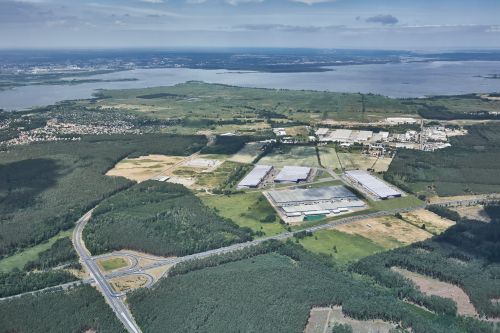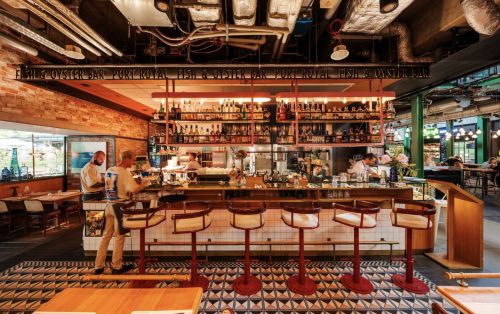Famous clothing brands, major drugstore chains and large electronic goods stores are no longer only available for the residents of the biggest cities. The big chains are now opening outlets in smaller and smaller towns – even in the smallest ones. But just how deep is this market?Emil GóreckiIn the opinion of Katarzyna Michnikowska, a senior analyst in the valuation and advisory department at Cushman & Wakefield: “The retail markets in the biggest cities are now saturated and tenants have to look for new directions to expand in. This is why more and more our clients want to develop outside the eight biggest cities.” She categorises towns and their retail potential according to their size. “There is currently dynamic and unhindered growth in retail in cities with over 200,000 inhabitants. The offer in such locations is close to that in Warsaw or Kraków, with only a few top-shelf brands not being present. The next group are smaller cities with 70,000–2






























































